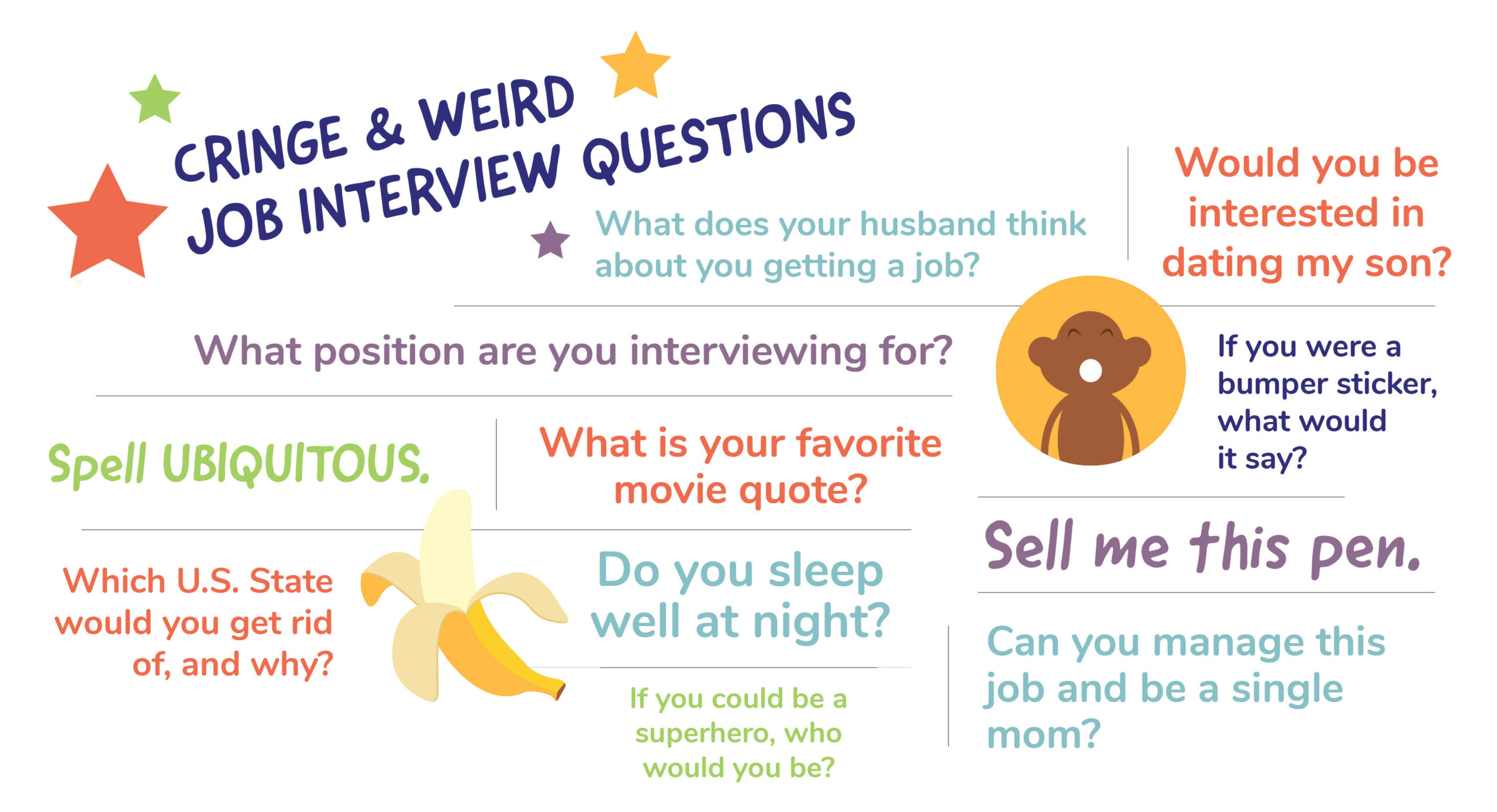As Gen Z rises to join the workforce, they aren’t holding back in telling us how they feel about the hiring process.
To put it gently, they aren’t the biggest fans.
Their most common complaints relate to poor job descriptions, long job descriptions, job listing remaining active after the position is filled, asking for the impossible (i.e. entry-level with 3 years experience), vague salary information, interviewers being unprepared, slow response rate, unclear expectations of what comes next, and providing references that will never be contacted.
It’s a long list of areas to improve in, and may seem overwhelming. But when you put yourself in the shoes of job-seekers, it kind of makes sense why they have this list of grievances.
The average time it takes to complete a job application is 30-60 minutes, more frequently on the higher end.
After that long process, only 4% of companies respond to their applicants within one day. Most job seekers don’t hear back from the company for an average of 10 days, and 44% have to wait for two weeks. That is a long time to wait!
No wonder applicants are so frustrated with the hiring process! We can do better than this.

6 ways to improve your hiring process
What can we do to make the hiring process less painful for applicants? Here are six simple steps you can implement to improve your hiring process.
1. Job postings should be current and relevant
If a position gets filled, make sure you close the requisition on all your platforms. Pay close attention to all the places your job exists. Don’t let applicants waste their time on a position that you’re no longer hiring for. Not a great way to make your first impression with them.
There is a caveat to this point. If you work for a large company with an “always hiring strategy,” you may consider leaving the requisition open to fill the pipeline if you know that the position will need to be filled again in two or three months.
2. Simplify and shorten long job applications and processes
If the application process is long on the front end, it’s unlikely that people will complete it. The candidates don’t even know if they like you yet, so they aren’t going to spend an hour filling out a long job application for you.
Getting your candidate on the phone as quickly as possible should be a goal of every recruiter. Consider collecting basic candidate information upfront. Then use the initial phone call to pique their interest in the company and position — making it more likely for them to complete the longer and more thorough application process.
3. Create great job descriptions that pique interest
The point of a job description is to pique interest. Don’t give away the farm by listing out 20 bullet points. You don’t have to be that specific. Limit yourself to 5-8 job points. You may be funneling out top talent when you overwhelm job seekers with your lengthy job description.
Studies show that women are unlikely to apply for a job if they don’t feel 100% qualified, whereas men will apply if they feel at least 60% qualified. If you get too specific in qualifications right out the gate, you may be missing out on strong applicants.
4. Respond quickly to job applications
As mentioned, most companies take nearly two weeks to respond to applicants. That is not fair to them. Change some processes so that you can be in the top 4% of companies who respond within one day, by call or email. Don’t leave them hanging.
5. Don’t focus on resumes
Recruiters spend 6-7 seconds reviewing a resume. Yet, we put so much emphasis on it. Some studies show that on a resume increases a candidate’s likelihood to succeed in a role by only 2% over pure chance. Resumes aren’t actually telling us a whole lot about someone, so let’s try putting less focus on the resume and more focus on the interview. This interaction will tell us far more about a person’s confidence and skills than the piece of paper would.
6. Tap into emerging tech
There is all kinds of technology available to improve your hiring processes. Take the time to understand what is available and see what aligns with your company’s vision and process. If you really want to target Gen Z applicants, use tech that resonates with them. Try adding your job listing to Jipe!
It’s time your hiring process got a little update. You can make this process less painful for applicants and for yourself. By following these six guidelines, you will be well on your way to building happy relationships between your company and your new hires.










